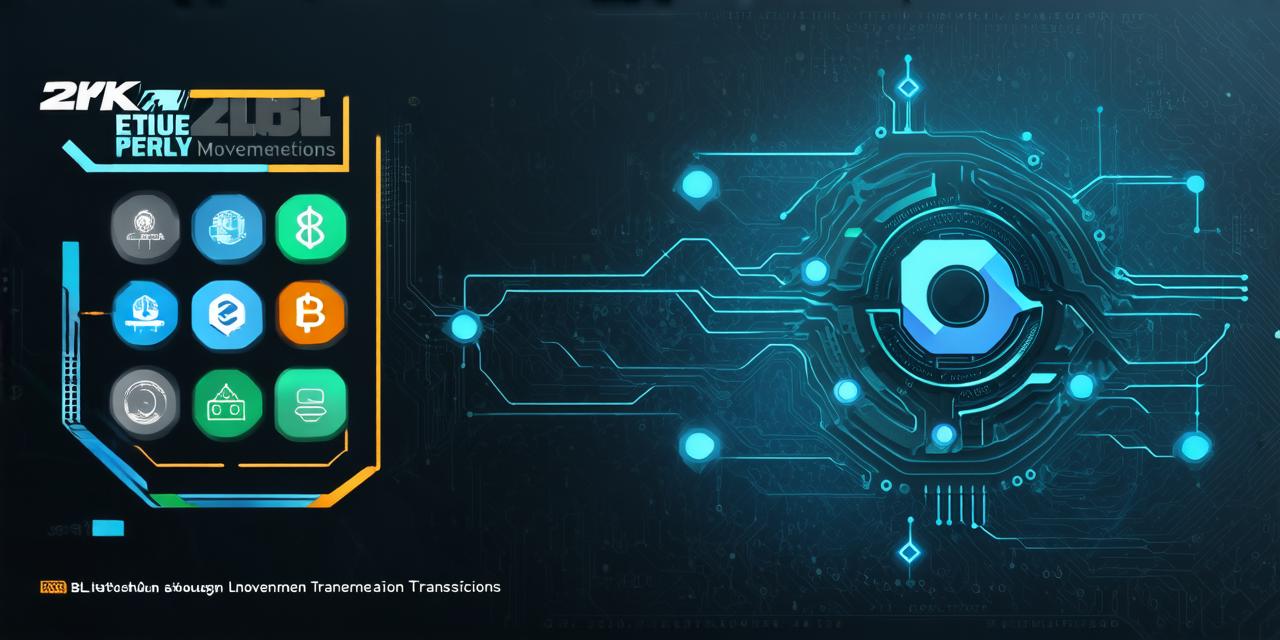What is Blockchain?
Blockchain is a distributed ledger technology that allows for the recording of transactions in a decentralized manner. It consists of a network of computers that work together to verify and validate transactions, ensuring their authenticity and security.
How Money Moves in Blockchain?
In blockchain, money is represented as digital tokens or coins. These tokens are stored on the blockchain, which acts as a public ledger that records all transactions involving these tokens. When a transaction occurs, it is verified by the network of computers and recorded on the blockchain. Once recorded, the transaction cannot be altered or deleted, ensuring its security and immutability. The decentralized nature of the blockchain ensures that transactions are processed quickly, without the need for intermediaries to verify and validate them.
Benefits of Blockchain Technology
Blockchain technology offers several benefits that make it an ideal platform for financial transactions. These include:
- Decentralization: Unlike traditional financial systems, blockchain is decentralized, meaning that there is no central authority controlling it.
- Security: Blockchain technology uses advanced cryptography to ensure the security of transactions. Each transaction is verified by multiple nodes in the network, making it virtually impossible to alter or delete.
- Transparency: The blockchain acts as a public ledger that records all transactions involving digital tokens. This provides transparency and accountability, allowing users to track their transactions and verify their authenticity.
- Immutability: Once a transaction is recorded on the blockchain, it cannot be altered or deleted. This ensures the integrity of the system and eliminates the risk of fraud. The decentralized nature of the blockchain ensures that there is no single entity that can manipulate the system, providing greater security for users.
Real-Life Examples of Blockchain in Action
Several companies and organizations have already adopted blockchain technology for financial transactions. These include:
- Bitcoin: The most well-known example of a blockchain-based digital currency, Bitcoin was created in 2009 as a decentralized alternative to traditional currencies. It operates on the blockchain and allows users to transfer funds without intermediaries, providing greater control over their finances.
- Ripple: Ripple is a payment protocol that enables fast and low-cost cross-border payments. It uses a centralized blockchain to facilitate transactions, reducing processing times and transaction fees. Ripple has partnered with several financial institutions, enabling them to use its technology for cross-border payments.
- Ethereum: Ethereum is a decentralized platform that allows developers to build smart contracts and decentralized applications (DApps). It uses the blockchain to record transactions, enabling users to create secure and transparent financial systems. Ethereum has been used to develop several DApps that provide financial services such as lending, borrowing, and trading.

Summary:
In conclusion, blockchain technology provides an ideal platform for financial transactions, offering decentralization, security, transparency, and immutability. With its ability to eliminate intermediaries and reduce transaction fees and processing times, blockchain has the potential to revolutionize the way we think about and manage money. As more companies and organizations adopt blockchain technology, we can expect to see a significant shift in the financial landscape. Blockchain technology is still in its early stages of development, and we can expect to see even more innovative use cases emerge in the future.
